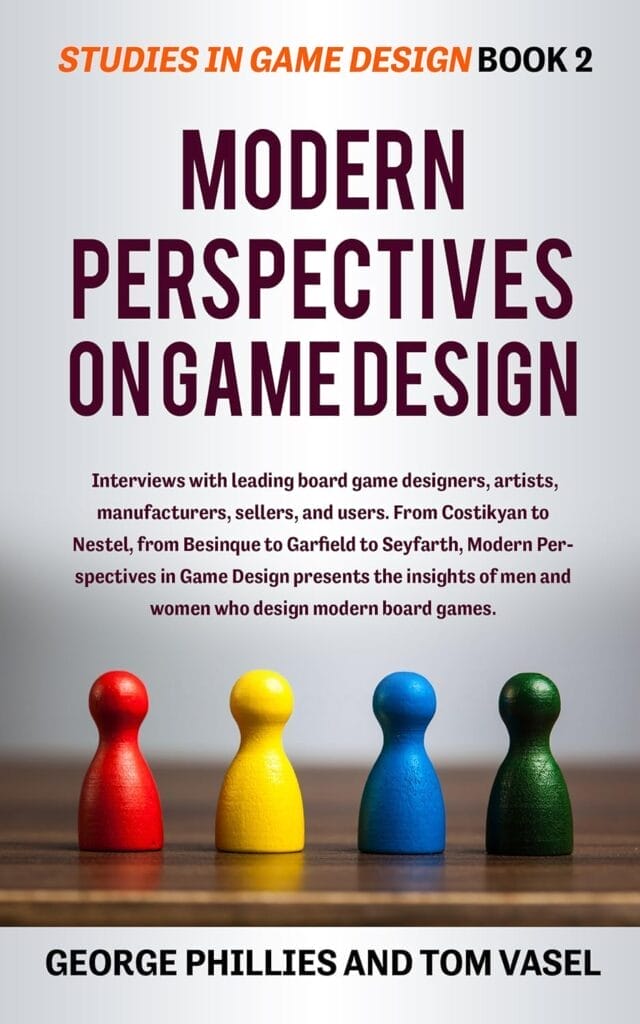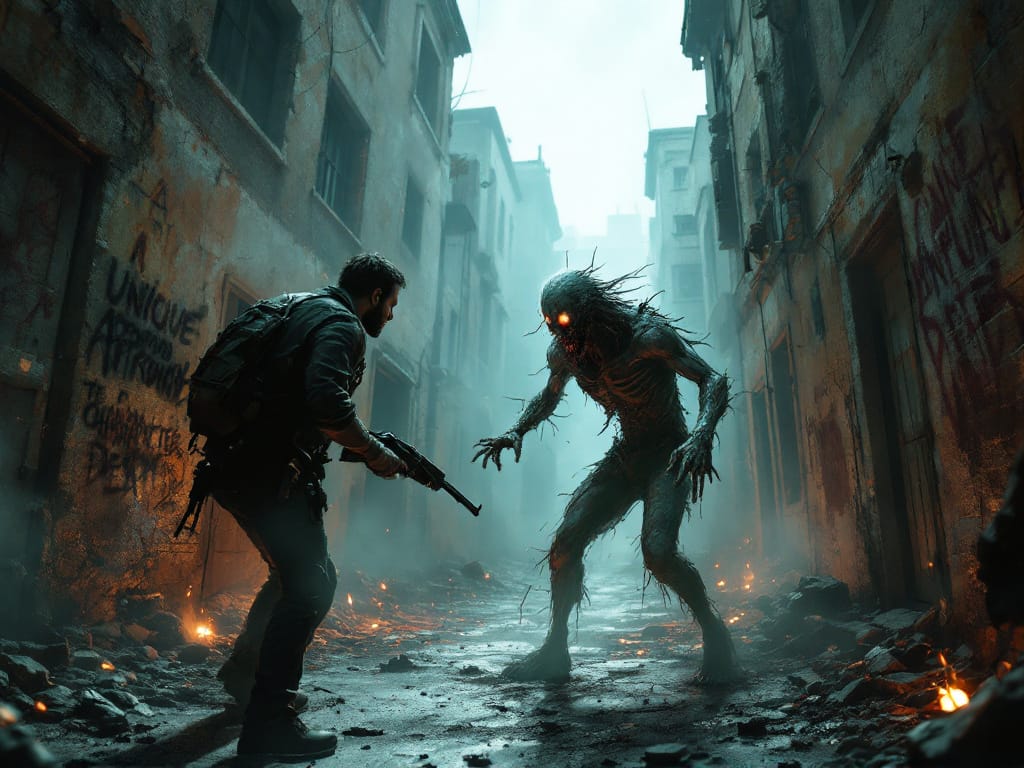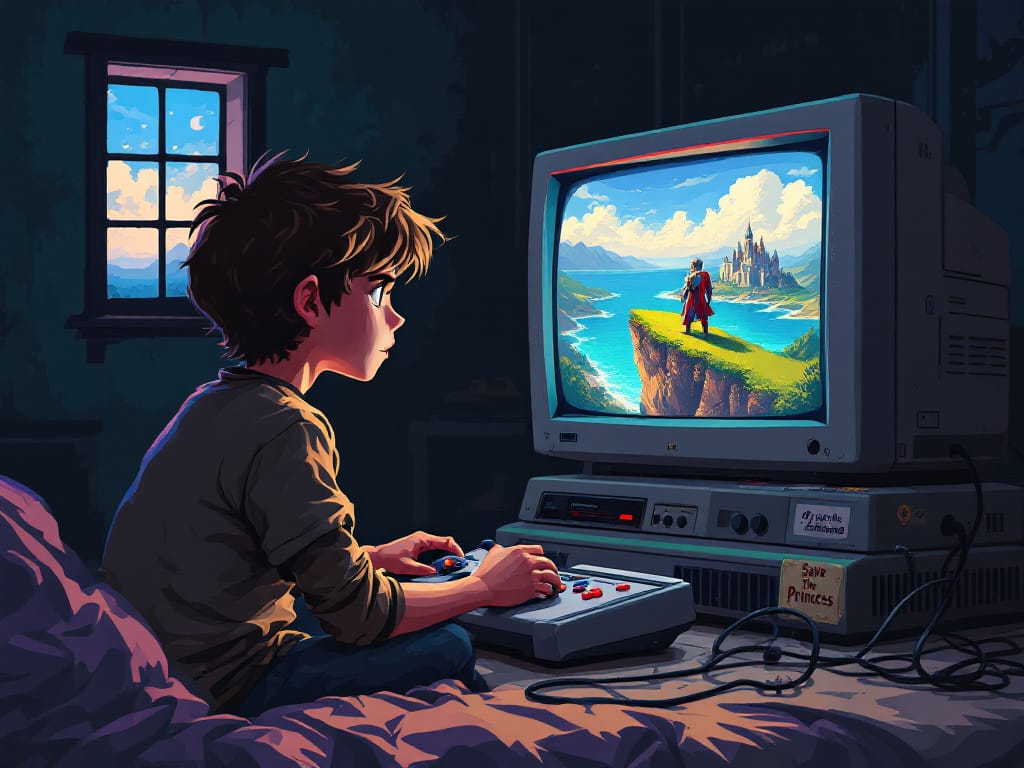Modern Perspectives on Game Design – Summary and Review
Introduction
Modern Perspectives on Game Design by Tom Vasel and George Phillies is a notable work in the field of board game design. It is the second book in the Studies in Game Design series. This book offers an in-depth look at contemporary board game design through interviews, discussion problems, and academic insights. Published in 2012, it has become a resource for both game designers and enthusiasts interested in understanding the creative and technical aspects behind modern board games.

About the Book
Overview
- Title: Modern Perspectives on Game Design (Studies in Game Design Book 2)
- Authors: Tom Vasel and George Phillies
- Publication Date: September 9, 2012
- Format: Kindle Edition
- Page Count: 549 pages
- Language: English
What the Book Covers
This book provides a comprehensive examination of modern board game design, featuring:
- Interviews with leading designers, artists, manufacturers, sellers, and users in the board gaming industry.
- Insights from prominent figures such as Costikyan, Nestel, Besinque, Garfield, and Seyfarth.
- Over 100 discussion problems, making it suitable for academic or university-level courses.
- Support for instructors through a full syllabus based on Phillies’ university course “Design of Tabletop Strategy Games.”
- Exploration of various design elements from conceptualization to production and marketing.
Key Features
- Second Edition: This edition updates and expands on the original Contemporary Perspectives in Game Design.
- Academic Utility: Ideal for educators and students focusing on game design studies.
- Diverse Perspectives: Combines viewpoints from creators across multiple disciplines related to game design.
- Practical Applications: Encourages readers to engage with real-world challenges faced by game designers.
Key Themes & Concepts
Interviews and Industry Insights
The book brings together voices from different sectors of the board game world, covering:
- Creative processes behind designing games.
- Challenges in manufacturing and marketing.
- Balancing artistic vision with commercial viability.
- The role of user feedback and playtesting in refining games.
Educational Approach
- The book contains numerous discussion problems for classroom use.
- It is structured to facilitate critical thinking about game design principles.
- The included syllabus and video lectures by Phillies serve as a robust teaching aid.
Design Elements Explored
- Mechanics: How game rules shape player experience.
- Strategy vs. Luck: Balancing decision-making and chance.
- Aesthetics: Visual design and thematic coherence.
- Player Interaction: Cooperative vs. competitive play styles.
- Production Constraints: Cost, materials, and manufacturability.
Customer Reviews & Ratings Analysis
Review Summary
- Overall Rating: 4.2 out of 5 stars
- Based on 8 ratings and reviews.
Breakdown of Ratings
| Star Rating | Percentage |
|---|---|
| 5 stars | 44% |
| 4 stars | 34% |
| 3 stars | 22% |
| 2 stars | 0% |
| 1 star | 0% |
Review Highlights
Positive Aspects:
- Comprehensive coverage of modern game design concepts.
- Valuable insights from industry professionals.
- Useful for both beginners and experienced designers.
- Rich academic content supporting university courses.
Critiques:
- Some readers mention the writing style can be dense or academic.
- Minor issues with accessibility for casual readers not familiar with game design terminology.
Key Takeaways from the Book
What Readers Will Gain
- A thorough understanding of contemporary board game design practices.
- Exposure to industry professionals’ perspectives.
- Practical problems to develop critical thinking around game creation.
- A structured approach to learning game design academically.
Why It Matters
This book fills a niche by bridging industry knowledge with academic study, making it a valuable resource for:
- Aspiring game designers wanting to learn from experts.
- Educators designing courses on game development.
- Enthusiasts interested in the mechanics behind their favorite games.
Strengths & Weaknesses
| Strengths | Weaknesses |
|---|---|
| In-depth interviews with top designers | Dense academic tone |
| Over 100 discussion problems | May be challenging for casual readers |
| Comprehensive syllabus included | Limited availability in some regions |
| Covers both creative and business aspects | Kindle-only format may limit access |
Final Verdict: Average Score Calculation
Based on 8 user ratings weighted by their percentage:Average score (out of 10)=(5×44)+(4×34)+(3×22)+(2×0)+(1×0)100×2=220+136+66100×2=422100×2=8.44\text{Average score (out of 10)} = \frac{(5 \times 44) + (4 \times 34) + (3 \times 22) + (2 \times 0) + (1 \times 0)}{100} \times 2 = \frac{220 + 136 + 66}{100} \times 2 = \frac{422}{100} \times 2 = 8.44
Average Score: 8.4 / 10
Conclusion
Modern Perspectives on Game Design is an essential read for anyone seriously interested in board game design. Its blend of expert interviews, academic discussion, and practical exercises offers a well-rounded view of the field. Although it may feel dense at times for casual readers, its depth makes it highly useful for students, educators, and professionals.
If you want to understand how modern board games are created and what drives their design decisions, this book provides both theoretical and practical frameworks that will shape your understanding.
If you want, I can help create a shorter summary or focus on specific chapters or themes from the book!
[ad_2]



















